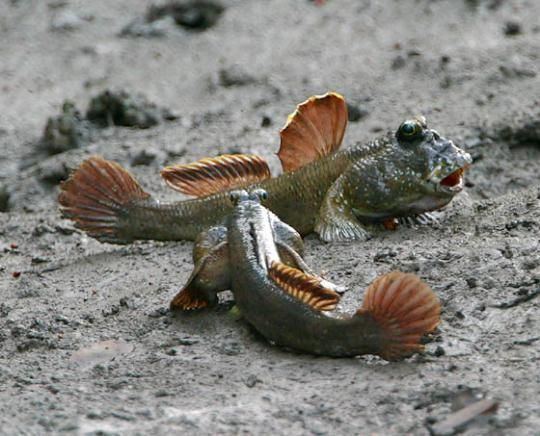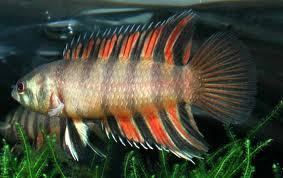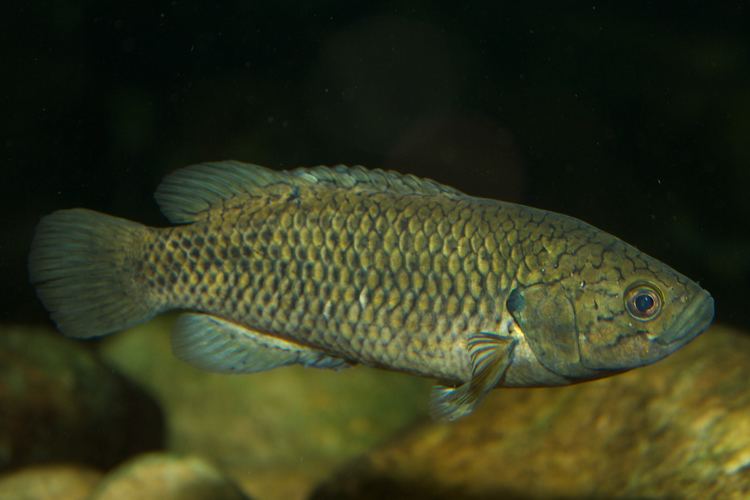Scientific name Anabantidae Order Perciformes | Suborder Anabantoidei Phylum Chordata Rank Family | |
 | ||
Lower classifications | ||
The Anabantidae are a family of perciform fish commonly called the climbing gouramies or climbing perches. The family includes about 34 species. As labyrinth fishes, they possess a labyrinth organ, a structure in the fish's head which allows it to breathe atmospheric oxygen. Fish of this family are commonly seen gulping at air at the surface of the water. The air is held in a structure called the suprabranchial chamber, where oxygen diffuses into the bloodstream via the respiratory epithelium covering the labyrinth organ. This therefore allows the fish to move small distances across land.

Of the four genera, Anabas is found from South Asia (they are called chemballi (Malayalam: urulan sugu ) in Kerala, kau (odia) in Odisha, India), east to China and Southeast Asia. The remaining three genera are all restricted to Africa. They are primarily freshwater fishes and only very rarely are found in brackish water. As egg-layers, they typically guard their eggs and young.

Climbing gouramis are so named due to their ability to "climb" out of water and "walk" short distances. Their method of terrestrial locomotion uses the gill plates as supports, and the fish pushes itself using its fins and tail.

